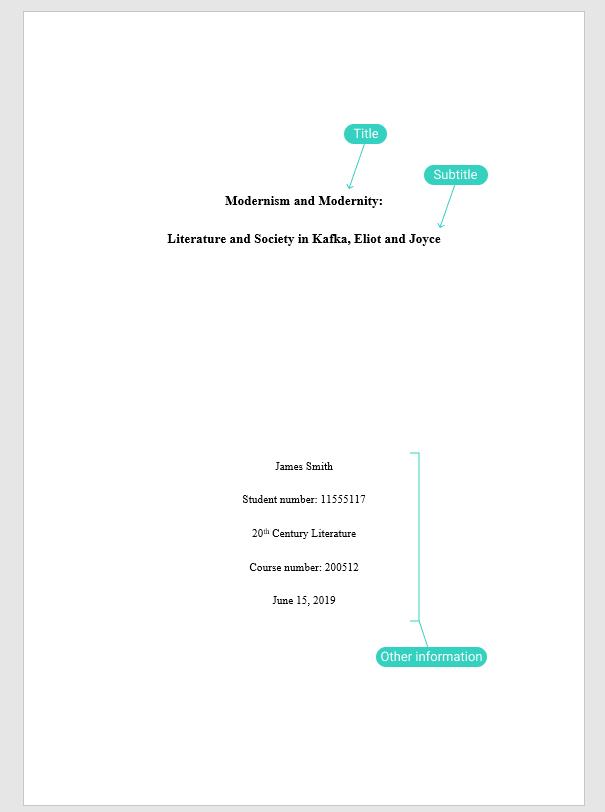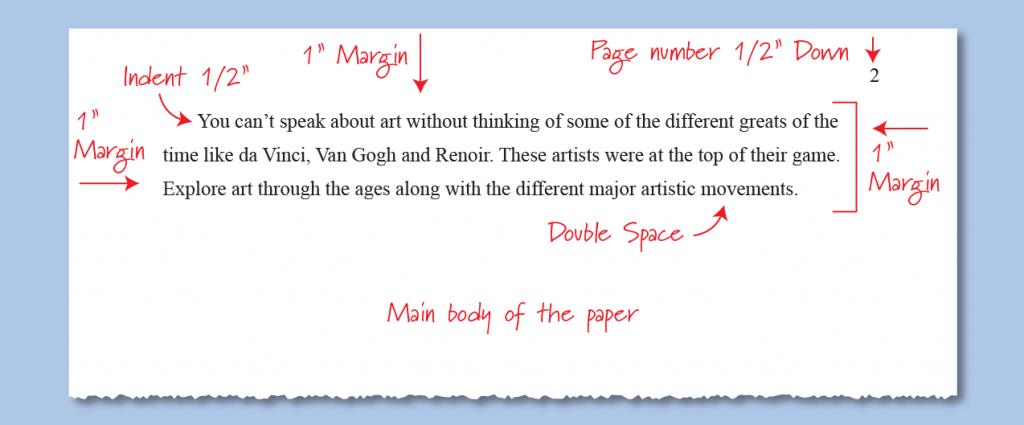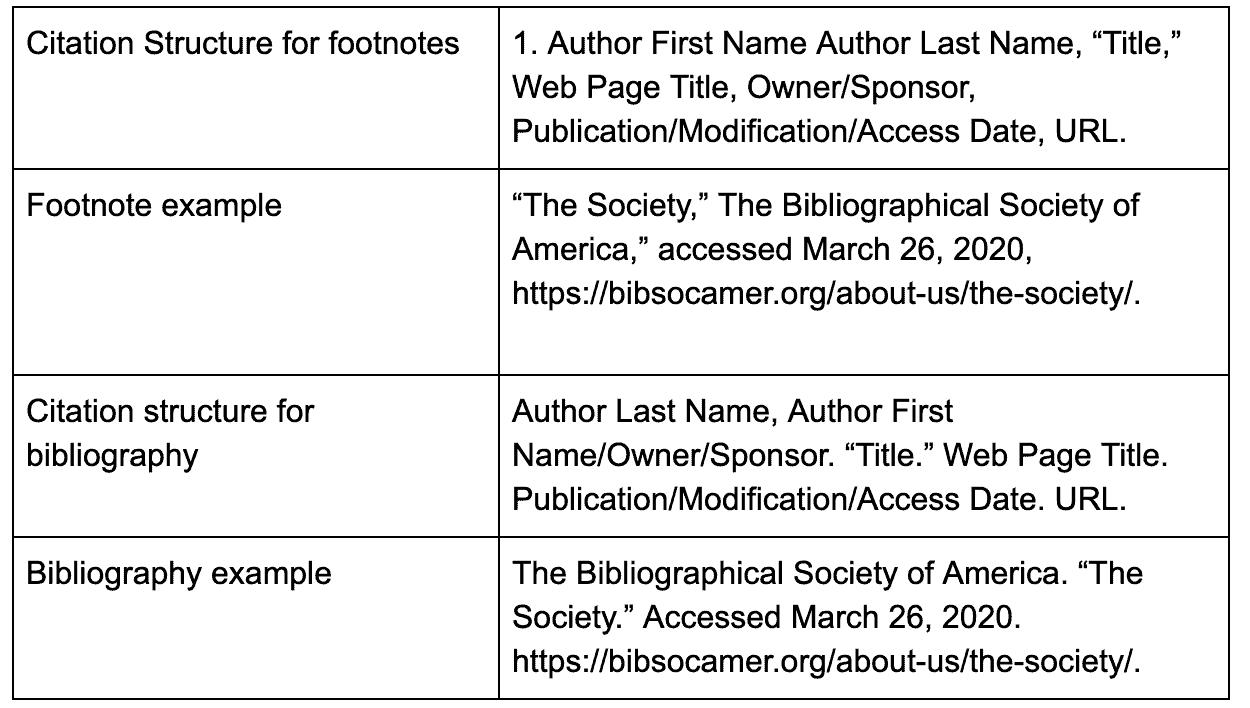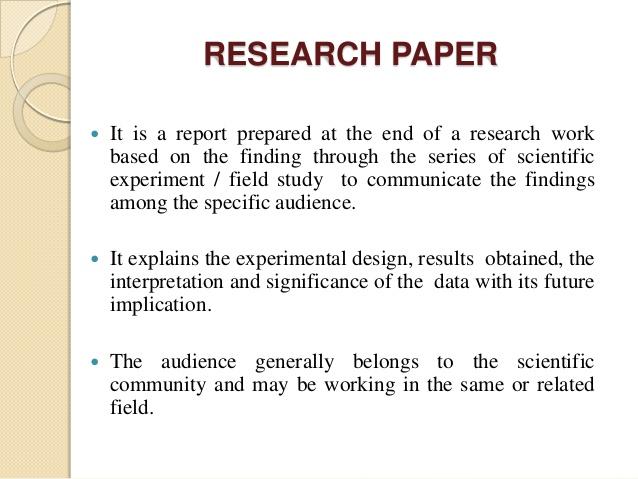Essay writing is an extremely useful skill, with the help of the essay the author himself learns and trains to correctly and clearly state his thoughts on a piece of paper. You can write and design your essays in different styles. One such style is the Chicago style.
Today we will talk about such topics as the design of citations and references in scientific papers, the design of the work itself, and the bibliography. Imagine, you have already chosen a topic, studied it according to all the rules for analyzing information, it remains only to arrange. But no, in fact, this is a point of tremendous importance. It is here that students encounter issues. They can be avoided by understanding essay formats and following simple instructions.
Chicago Style Paper Writing
To begin with, it should be said that the Chicago style of writing and design is quite often used for historical articles and scientific works. Guidelines for writing essays and other types of work in this style were first introduced in the 19th century. A kind of instruction of that time was intended to simplify and standardize the process of writing and correcting documents because specialists took a huge amount of time to do this.

How To Start a Chicago Style Paper
You can start writing the main part of the work, or write an essay in full, and pick up the introduction based on what was written. The thesis in the essay can be affirmative and interrogative. The easiest way is to make the introduction interrogative. Ask a question and give an answer to it later.
When talking about content, try not to cover the topic in the first paragraph. Alternatively, start your essay with a quote, but you should remember some rules for the design of citations. You can find examples on specialized sites on this site. The thesis should be specific – it should reflect only what will be touched upon in the essay itself and be accompanied by specific facts. A strong main thesis is always to refer to a particular position. A strong core message reflects one main idea. A strong main thesis serves as a basis for discussion.

General Rules
Every teacher wants to get a ready-made, edited paper and here are the basic rules, following which you can easily cope with the design of the Chicago style:
- Margins 1 inch
- Use Times New Roman 12 pt font
- Left align
- Indent ½ inch to the beginning of a paragraph
- Be sure to form a header with a page number in the right corner
- Use double-spacing

Features of Citation
Quotes in our texts are quite common. A quote is considered to be a literal and accurate expression of famous people, authors, and other authoritative voices of thoughts on various topics. Quotes can be found in various texts and in various styles – journalistic, artistic, scientific. And in all these styles, quotes play a role.
Quoting in essays is a necessary thing. When proving or forming any idea, it is better to use quoting the words of the author of the text, according to which the essay is written, since this will clearly demonstrate what you want to say. A link to the author in essays is practically necessary, and quotation like nothing else will help you achieve this goal. It will be much more convenient for the person who will check your work to work with a quote enclosed in quotation marks than to search for the indicated sentence numbers throughout the text and think what exactly in this sentence should prove your idea.
If you write an essay not according to the text, then knowing any deep quotes put in the right place will undoubtedly add an extra plus to you, showing that you are a well-read person who knows how to apply your knowledge correctly. Therefore, do not be afraid to use quotations, it will only help you. Now we should discuss how to correctly quote in the Chicago style.
- The name and surname of the writer are always indicated, the first name always comes first.
- But in the bibliography, first the surname and only then the name.
- You are not required to write the names of the publishers in full.
- Let’s move on to the point that always raises a lot of questions – the place of publication. If several places of publication are indicated in the work, only the first place of publication is always indicated.

How To Write a Research Paper In Chicago Style
So, how to write a research paper in Chicago style?
- Make a plan. A plan and a clear schedule are good options to help you cope with high-stress levels and write essays on even the most difficult topics. Take some time to work each day to meet deadlines.
- Be sure to disassemble the topic and give answers to all questions.
- Give reasons for your point of view, and be sure to give examples. Several sources can be found on the Internet and given as examples. Even the most common news summary video will do.
- Make the text readable. Remember to apply the principles of contrast. In the example with essays and articles, these are always the principles of size, weight and structure. Headings are always larger than subheadings. The heading is set with bold, the subtitle with regular, and the content of the text block with light are different ways to draw the same font. Saturation is when a section heading is as black as fresh coffee and a subheading or text box is asphalt gray.
- Structure your text. Nobody wants to read tons of information, so it’s important for you to structure the information. Use headings and subheadings at different levels, lists, and paragraphs. You may need to highlight powerful points with bold color markers or italics. For reference sections or formal documents, consider including a list of month abbreviations to maintain consistency and clarity in date formatting.

Final Word
Students quite often come across this type of work as an essay. Today we covered the topic of writing an essay in the Chicago style. If you follow these guidelines, formatting your Chicago style essay will be a fairly straightforward task for you. If necessary, check out the MLA format paper guide so you know how to deal with this type of citation style, too.
Do not forget the official instructions to the investigator, but if the teacher makes his own changes, the answer is unambiguous – listen to him. By doing so, you will receive the highest score at your college or university. We hope that the article provided by our paper writing services will be useful to you, and you will refer to it more than once while writing your academic work.


